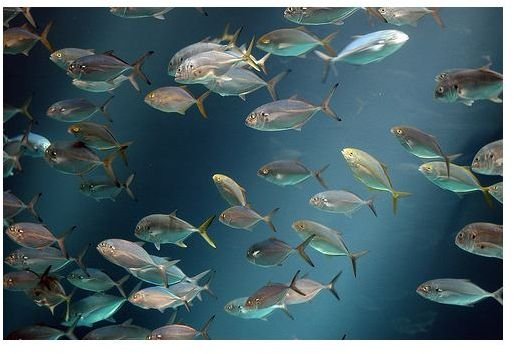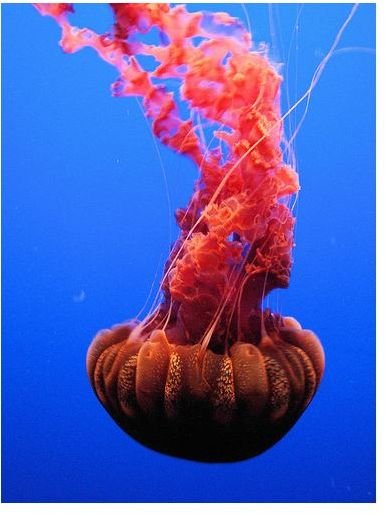Learn Aquarium Photography Tips and Techniques
Dealing with Glass Reflections
Aquariums are perhaps the easiest place to capture photographs of exotic fish and sea life without actually taking a dive in the ocean or freshwater body. But, because you are surrounded by glass, you can also run into some difficulties when taking aquarium photography. You have to consider the glare associated with the flash bouncing off of the water and glass. However, you also need to consider that you are in a dark environment. So, you must balance the need for a brighter environment and the need to capture full, colorful animal pictures that doesn’t include distracting reflections.
The obvious first step is to turn off your camera’s flash, and increase the ISO settings. You should set your ISO to at least 800, but you could also go as high as 1600. This will help get as much light into your camera as possible, but it can also create a lot of image noise, so you will have to do some experimentation with your camera’s exposure settings. Take a few shots at different ISO settings until you find the one that shows off your pictures the best, but avoids the noise.
If you are still worried about reflections, invest in a lens hood. This protects your lens from external glare, but you will have to park your lens right against the glass. You may want to check with the aquarium to determine whether or not you can even do this. Some places have a proximity sensor to avoid people from touching glass or certain items. But, getting close to the glass will also cut down on glass distortion caused by your camera focusing on the glass as opposed to the subject.
If some of your photographs are noisy, however, you can deal with this in post-production. Try using a decent photo editing software program like Adobe Photoshop Elements or Corel PaintShop Photo Pro.
Get a Fast Lens
Next, you need to make sure that you have a fast lens on your camera. While some fish plod along, most move very fast, and you need to compensate for that with a fast lens. Basically, the lower the f number on your lens, the faster it is. Shoot for something around the
f/2.8 range or even lower if possible.
While you want to take photographs from different angles to try to capture the fish or sea life as best you can, you shouldn’t shoot in a downwards motion. It will create a weird camera angle, and you might only capture the top of the body. Instead, get down on your hands and knees so that you are perpendicular to your subject.
Using a Monopod
While you may not have time to set up and take down a tripod, consider a monopod to help you with stability. You are walking through a dark environment with high ISO settings, and you may have to zoom in on certain subjects. The extra stability of the monopod will help eliminate blurry or noisy pictures.

Finally, take plenty of pictures, and experiment. Get to the aquarium early so that you have plenty of time. The overall goal of aquarium photography is to capture the colors and the features of these creatures. So, take your time and have a lot of patience.
